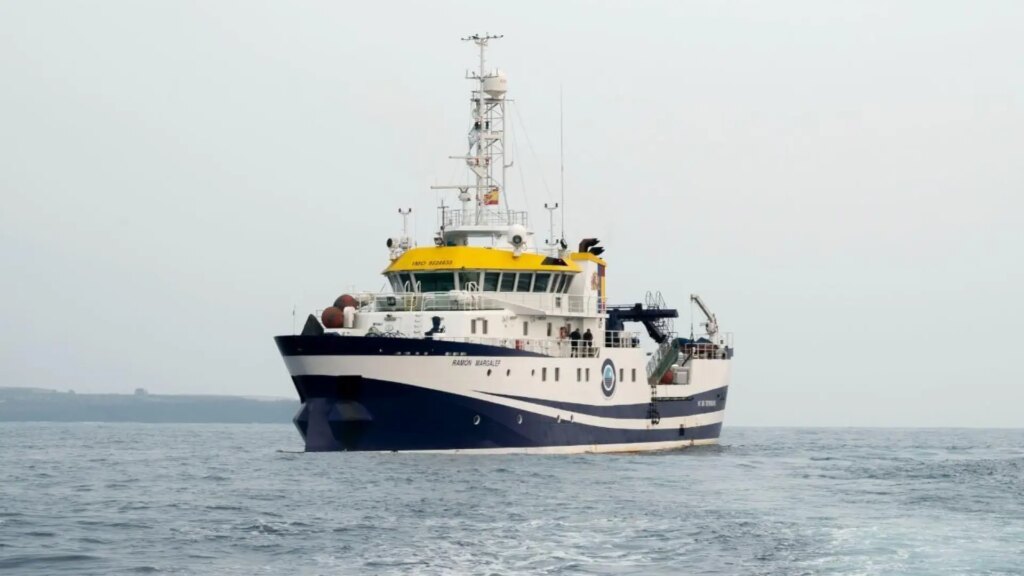The Ministry of ScienceInnovation and Universities (MICIU), through the Consejo Superior de Investigaciones Científicas (CSIC), has mobilized the research vessel Ramón Margaleffrom the Spanish Institute of Oceanography (IEO-CSIC), to incorporate it into the scientific-technical support tasks that this institution is providing in the management of the emergency and the recovery of the areas affected by the DANA on the Mediterranean coast.
The Ramón Margalef, launched in 2011, is a state-of-the-art oceanographic vessel equipped with. state-of-the-art technologycapable of exploring the oceans with great precision and detail, with a length of 46 meters and capacity for 11 researchers and technicians. It is estimated that the vessel will reach the coast of Valencia next November 9thafter a previous stage to embark technical equipment and research personnel in Alicante.
The ship has a multibeam echo sounder systema tool that allows to obtain detailed images of the seabedgenerating high resolution bathymetric maps. Thanks to this technology, it is possible to study the underwater topography and identify different types of substrate with a resolution of a few meters. It also has the Liropus 2000 underwater robot with articulated arms and high-resolution cameras that can contribute to search and rescue tasks in the high seas.
In addition to its ability to map the seabed, the Ramón Margalef is equipped for operate unmanned underwater vehicles (ROVs), robots that can be deployed to explore hard-to-reach areas, collect samples and make direct observations of the seafloor.
Analysis and tracking
The Ramón Margalef will feature researchers with experience in emergency operations and in the analysis of bathymetric data, object tracking and ROV use in critical situations. In addition, it will have specialists in the analysis of the ecological effects of massive runoff events in the sea.contributing to the monitoring of water quality and the observation of phenomena such as eutrophication, anoxia and phytoplankton blooms, among other environmental impacts.
The Ramón Margalef’s actions are part of the support that the MICIU is providing to the management of the consequences of the DANA through the Disaster and Emergency Advisory Group of the CSIC. Specifically, the CSIC is already offering assistance to the Ministry of the Interior related to the interpretation of satellite images being obtained from the Copernicus Earth Observation Program of the United Nations. European Unionas well as in geographic information systems to support the emergency in the elaboration, interpretation and management of cartographic data.
The Military Emergency Unit (UME) of the Ministry of Defense has also requested support from CSIC specialists for advice on the situation of possible damage to buildings and infrastructures in the affected areas.
